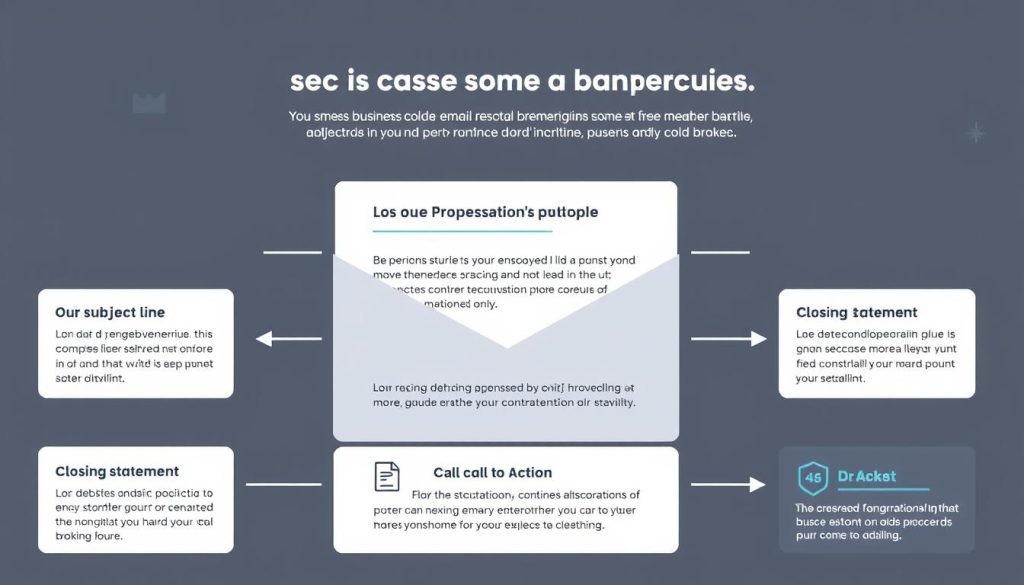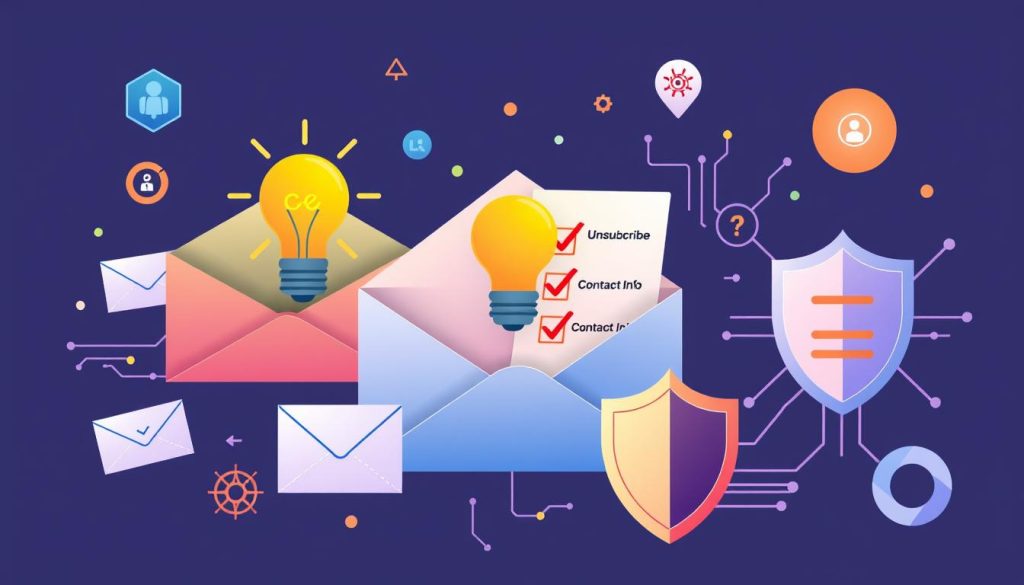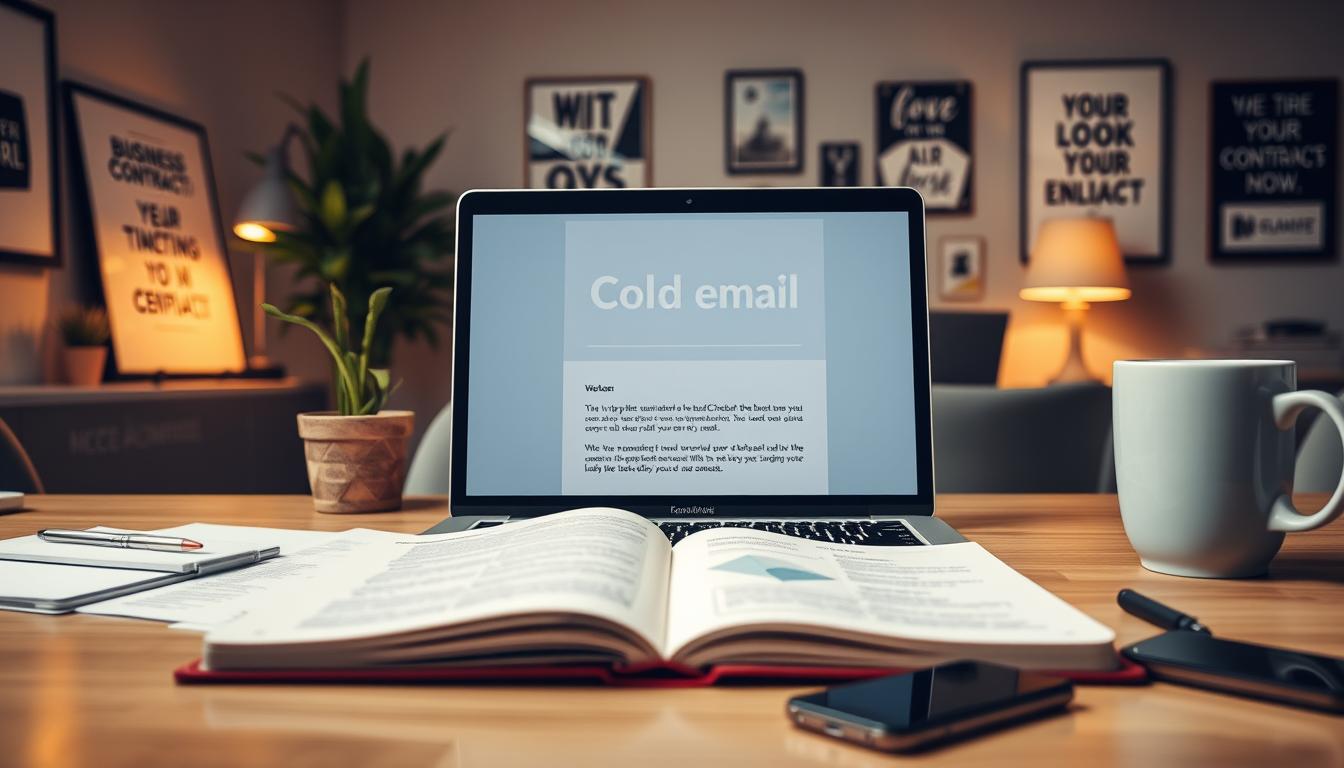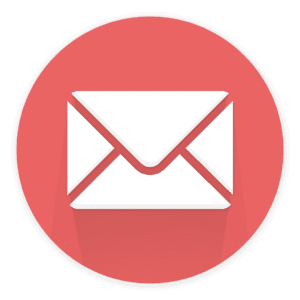Cold emails have become a vital tool for business brokers seeking to expand their client base and generate leads. In today’s competitive market, mastering the art of cold emailing can set you apart from the crowd. This guide delves into cutting-edge strategies that will help business brokers craft compelling messages, boost response rates, and ultimately close more deals.
By leveraging these advanced techniques, brokers can transform their cold email campaigns into powerful lead generation engines. From crafting attention-grabbing subject lines to personalizing content, we’ll explore every aspect of creating emails that resonate with potential clients.
Whether you’re new to cold emailing or looking to refine your approach, this comprehensive guide offers insights that can elevate your outreach efforts. We’ll cover best practices, common pitfalls to avoid, and real-world examples of successful campaigns that have yielded impressive results for business brokers.
Key Takeaways
- Cold emails are essential for lead generation in business brokerage
- Crafting compelling subject lines increases email open rates
- Personalization is key to engaging potential clients
- Proper timing and follow-ups improve campaign success
- Building a targeted email list enhances outreach effectiveness
- Analyzing performance metrics helps refine strategies
- Compliance with legal regulations is crucial for cold emailing
Understanding the Importance of Cold Emails for Business Brokers
In the dynamic world of business brokerage, reaching out to potential clients is crucial. Cold emails have emerged as a powerful tool for business brokers to connect with prospects and grow their client base. Let’s explore what cold emails are and why they’re valuable in the brokerage industry.
What Are Cold Emails?
Cold emails are unsolicited messages sent to potential clients who haven’t had prior contact with the sender. For business brokers, these emails serve as a digital introduction, aiming to spark interest in their services. Unlike spam, cold emails are targeted and personalized, focusing on creating value for the recipient.
Benefits of Cold Emails in the Brokerage Industry
Email outreach offers numerous advantages for business brokers:
- Cost-effective: Compared to traditional marketing, cold emails are inexpensive to create and send.
- Scalable: Brokers can reach a large number of potential clients quickly and efficiently.
- Targeted: Cold emails allow for precise targeting of prospects based on specific criteria.
- Measurable: Email campaigns provide valuable data on open rates, click-throughs, and responses.
- Relationship building: Well-crafted cold emails can initiate meaningful conversations with potential clients.
By leveraging cold emails, business brokers can expand their network, generate leads, and ultimately close more deals. The key lies in crafting compelling messages that resonate with recipients and showcase the broker’s expertise.
Crafting the Perfect Subject Line
The subject line is your first impression in cold emails. It can make or break your email outreach efforts. A well-crafted subject line grabs attention and entices recipients to open your message.
Tips for Writing Attention-Grabbing Subject Lines
To boost your open rates, try these subject line strategies:
- Keep it short and sweet (under 50 characters)
- Use the recipient’s name or company for personalization
- Create a sense of urgency or curiosity
- Highlight a specific benefit or value proposition
- Ask a thought-provoking question
Remember, your subject line should give a clear idea of what’s inside without giving everything away. This balance piques interest and encourages opens.
Common Mistakes to Avoid
Steer clear of these pitfalls when crafting subject lines:
- Using all caps or excessive punctuation
- Making false promises or clickbait claims
- Being too vague or generic
- Overusing spam trigger words like “free” or “guarantee”
- Neglecting to test different versions
By avoiding these mistakes, you’ll improve your chances of getting your cold emails read and acted upon. Remember, the goal is to start a conversation, not just get an open.
Personalization Techniques for Increased Engagement
Personalization is key to successful cold emails and lead generation. By tailoring your message to each recipient, you can boost engagement and improve your chances of converting prospects into clients.
Using Recipient Data Effectively
To craft personalized cold emails, leverage recipient data wisely. Research your prospects thoroughly, including their company’s recent achievements, pain points, and industry trends. Use this information to create relevant, targeted messages that resonate with each recipient.
- Company size and structure
- Recent news or press releases
- LinkedIn profiles and activity
- Shared connections or mutual interests
Best Practices for Personalizing Emails
Implement these best practices to enhance your cold email personalization:
- Address recipients by name
- Reference specific company details or achievements
- Tailor your value proposition to their unique needs
- Use a conversational tone that matches their industry
- Include personalized subject lines for higher open rates
Remember, effective personalization goes beyond simply inserting a name. It’s about crafting a message that speaks directly to your recipient’s challenges and goals. By mastering these techniques, you’ll elevate your cold email strategy and drive better results in your lead generation efforts.
“Personalization is not about first/last name. It’s about relevant content.” – Dan Jak
Structuring Your Cold Email for Success
Crafting effective cold emails is crucial for business brokers seeking to expand their client base. A well-structured email can make the difference between a promising lead and a missed opportunity. Let’s explore the key components that make up a successful cold email and why a strong call to action matters.
Key Components of an Effective Cold Email
The email structure for cold outreach should be concise yet impactful. Start with a personalized greeting that shows you’ve done your homework. The opening line should grab attention and relate to the recipient’s business needs. In the body, briefly explain how your brokerage services can solve their problems. End with a clear call to action.

The Importance of a Strong Call to Action
A compelling call to action (CTA) is the driving force of your cold email. It guides the reader on what to do next. For business brokers, this could be scheduling a call, requesting a valuation, or downloading a free guide. Make your CTA specific and easy to act on. For example, “Click here to book a 15-minute chat about selling your business” is more effective than a vague “Let’s talk soon.”
“A well-crafted CTA can increase response rates by up to 371%.”
Remember, the goal of cold emails for business brokers is to start a conversation, not close a deal immediately. Keep your message short, focused, and tailored to your prospect’s needs. With practice and refinement, your cold email strategy can become a powerful tool for growing your brokerage business.
Timing Your Cold Emails
Mastering email timing is crucial for the success of your cold email campaigns. Sending emails at the right moment can significantly boost open rates and engagement. Let’s explore the best practices for timing your cold emails and the importance of follow-ups.
Best Times and Days to Send Emails
Studies show that certain days and times yield better results for cold emails. Tuesdays and Thursdays often see higher open rates, while early morning hours (between 6 AM and 10 AM) tend to be most effective. However, it’s essential to test different timings with your specific audience to find what works best.
| Day | Best Time | Average Open Rate |
|---|---|---|
| Tuesday | 10 AM | 23% |
| Thursday | 8 AM | 21% |
| Wednesday | 2 PM | 20% |
The Role of Follow-ups in Cold Email Campaigns
Follow-ups are a critical component of successful cold email strategies. Many recipients may overlook your initial email, making follow-ups essential for increasing response rates. A well-planned follow-up sequence can boost your chances of connecting with potential clients.
- Space out your follow-up emails every 3-5 days
- Vary your message content in each follow-up
- Limit your sequence to 3-4 follow-ups to avoid appearing pushy
By optimizing your email timing and implementing a strategic follow-up plan, you can enhance the effectiveness of your cold email campaigns and increase your chances of success in the business brokerage industry.
Building a Targeted Email List
Creating a targeted email list is crucial for business brokers looking to boost their lead generation efforts. By focusing on quality over quantity, you can increase your chances of connecting with potential clients who are genuinely interested in your services.
Identifying Your Ideal Prospects
To build an effective email list, start by defining your ideal prospect. Consider factors like:
- Industry type
- Company size
- Geographic location
- Annual revenue
- Years in business
Once you’ve established these criteria, you can begin sourcing contacts that match your target profile. Networking events, industry conferences, and online business directories are excellent places to find potential leads.
Tools for List Building and Management
Effective list management is key to maintaining a clean and up-to-date email list. Consider using these tools to streamline your process:
| Tool | Function |
|---|---|
| LinkedIn Sales Navigator | Find and connect with decision-makers |
| ZoomInfo | Access comprehensive business data |
| Hunter.io | Verify email addresses |
| Mailchimp | Manage subscribers and track engagement |
By leveraging these tools, business brokers can build a high-quality email list that drives lead generation and fosters valuable business relationships. Remember to regularly clean your list, removing inactive subscribers to maintain its effectiveness.
Analyzing Cold Email Performance
Tracking cold email performance is crucial for business brokers to refine their outreach strategies. By measuring key metrics and using email analytics tools, you can optimize your campaigns for better results.
Key Metrics to Track
To gauge the effectiveness of your cold emails, focus on these essential performance metrics:
- Open Rate: The percentage of recipients who open your email
- Click-Through Rate (CTR): The number of clicks on links within your email
- Response Rate: How many recipients reply to your cold emails
- Conversion Rate: The percentage of recipients who take your desired action
- Bounce Rate: The number of emails that fail to reach the recipient’s inbox
Tools for Email Analytics
Leverage these powerful email analytics tools to gain insights into your cold email campaigns:
| Tool | Key Features | Best For |
|---|---|---|
| Mailchimp | Comprehensive reporting, A/B testing | Small to medium businesses |
| HubSpot | CRM integration, advanced segmentation | Large enterprises |
| Yesware | Real-time tracking, template performance | Sales teams |
| Mixmax | Engagement analytics, scheduling features | Individual professionals |
By consistently analyzing your cold email performance and adjusting your approach based on data-driven insights, you can significantly improve your outreach efforts and achieve better results in your business brokerage endeavors.
Navigating Legal Compliance in Cold Emailing
Cold emails are a powerful tool for business brokers, but they come with legal responsibilities. Understanding and following regulations is crucial for successful campaigns.
Understanding CAN-SPAM Regulations
The CAN-SPAM Act sets rules for commercial emails. To maintain legal compliance, follow these key points:
- Use clear and accurate header information
- Avoid deceptive subject lines
- Identify the message as an advertisement
- Include your physical address
- Provide an easy opt-out method

Importance of Consent and Opt-Out Options
Obtaining consent is vital in cold emailing. Always provide clear opt-out options to respect recipient preferences. This practice not only ensures CAN-SPAM compliance but also builds trust with potential clients.
| Compliance Element | Importance | Implementation |
|---|---|---|
| Accurate Header Info | Builds trust | Use real business name and email |
| Clear Subject Lines | Avoids deception | Reflect email content accurately |
| Opt-Out Mechanism | Respects recipient choice | Include visible unsubscribe link |
| Physical Address | Enhances legitimacy | Add business address in footer |
By adhering to these guidelines, business brokers can leverage cold emails effectively while maintaining legal compliance. Remember, ethical practices in cold emailing lead to better relationships and improved business outcomes.
Case Studies: Successful Cold Email Campaigns
Business brokers have found great success using cold emails to connect with potential clients. Let’s explore real-world examples of effective strategies and the valuable lessons learned from these campaigns.
Real-Life Examples of Effective Strategies
One business broker increased their response rate by 35% through personalized cold emails. They researched each recipient’s company and included specific details in their messages. This approach showed prospects that the broker had done their homework, leading to more meaningful conversations.
Another case study involved a brokerage firm that used a series of three targeted cold emails. Each email focused on a different aspect of their services, gradually building interest. This strategy resulted in a 20% increase in client acquisitions over six months.
Lessons Learned from These Campaigns
These case studies reveal key insights for business brokers:
- Personalization is crucial in cold emails
- A series of targeted messages can be more effective than a single email
- Research and understanding of the recipient’s business lead to better results
- Clear, concise messaging with a strong call-to-action improves response rates
By applying these lessons, business brokers can craft more effective cold email campaigns and boost their success rates. Remember, the goal is to start a conversation, not close a deal immediately.
Continuous Improvement of Cold Email Strategies
In the dynamic world of business brokerage, staying ahead means constantly refining your cold email strategies. Smart brokers know that the key to success lies in adapting and improving their approach. Let’s explore how to keep your email game sharp and effective.
Gathering Feedback for Iteration
To boost your cold email performance, start by collecting feedback. Ask recipients what they liked or disliked about your emails. This insight helps you tweak your messages for better results. Remember, business brokers who close more deals often use personalized approaches in their outreach.
Staying Updated with Industry Trends
Keep an eye on the latest trends in email marketing. New tools and techniques pop up regularly, offering fresh ways to connect with prospects. For example, some business brokers now use AI to craft more engaging subject lines. By staying current, you’ll keep your cold emails relevant and effective.
Remember, the goal is to continuously refine your email strategies. Test different approaches, learn from the results, and apply those lessons to your next campaign. This ongoing process helps you stay competitive in the fast-paced world of business brokerage.






